The beautiful city of Charleston, South Carolina may be known in some circles as the hometown of Rhett Butler but for full-time residents and visitors it represents the former charm, elegance and grace of the South. Similar to Savannah, Georgia, Charleston has a rich history that is both checkered and resilient. The port city was founded in 1670 and served a vital role in the Civil War including the very first shots being fired from the sea fort of Fort Sumpter at the crest of Charleston Harbor. Named after King Charles II of England, Charleston is the oldest and largest city in South Carolina and is best known for its beautiful restored homes, gardens and parks.

Charleston was the primary port for the pre-Civil War slave trade in the south and suffered to adjust to the post-slavery transition. It suffered economically until it began making a concerted effort to restore the city’s unique architecture, neighborhoods and cultural heritage which invigorated its tourism trade. It also has become something of a cultural center with the annual Spoleto Festival USA held every year in the late spring, the Dock Street Theatre, the annual Charleston Fashion week in Marion Square and the Music Farm concert venue drawing on the city’s strong jazz roots. Enjoy our tour through some of Charleston’s most memorable attractions.
Jump to a specific section.
Arthur Ravenel Jr. Bridge
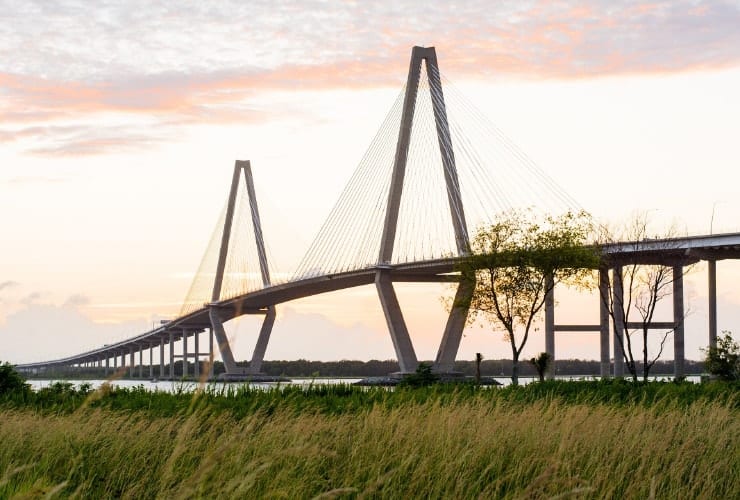
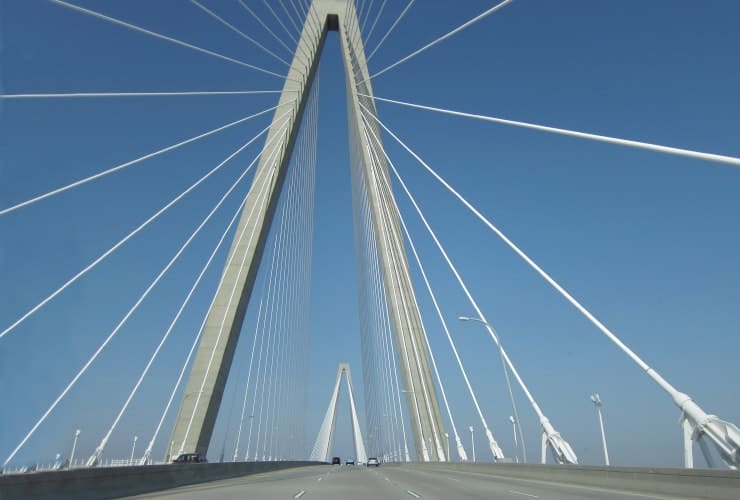
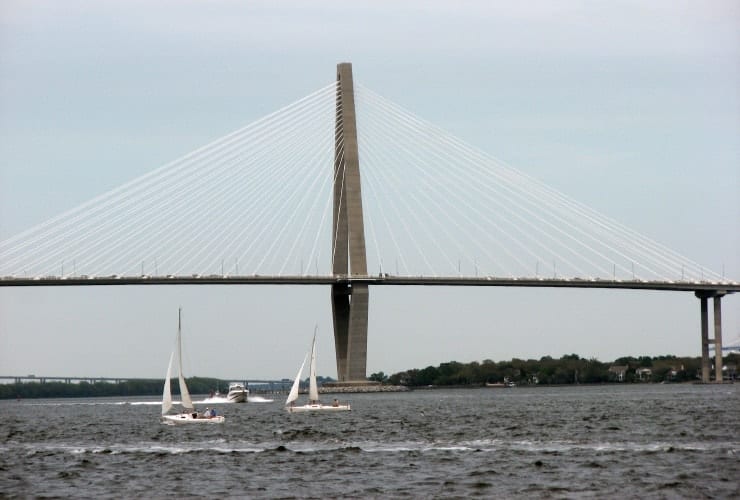
Locally known as the Ravenel or Cooper River Bridge this landmark structure spans 1,546 feet (471 m) across the Cooper River making it the 3rd longest cable-stayed bridges in the entire Western Hemisphere. Though bridges connecting downtown Charleston and Mount Pleasant have existed, in various forms, since 1929 the Ravenel represented a massive improvement for commuters upon its completion in 2005. The bridge is named after former U.S. Congressman Arthur Ravenel Jr. who specifically ran for the South Carolina Senate to find the funding for the new bridge.
South Carolina Aquarium
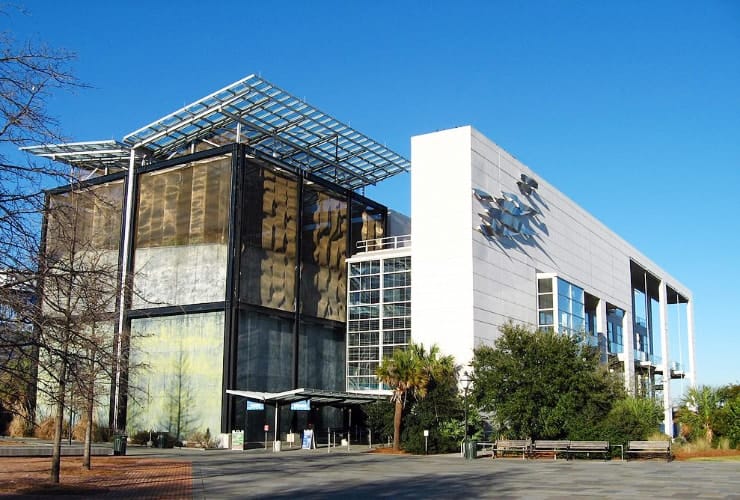
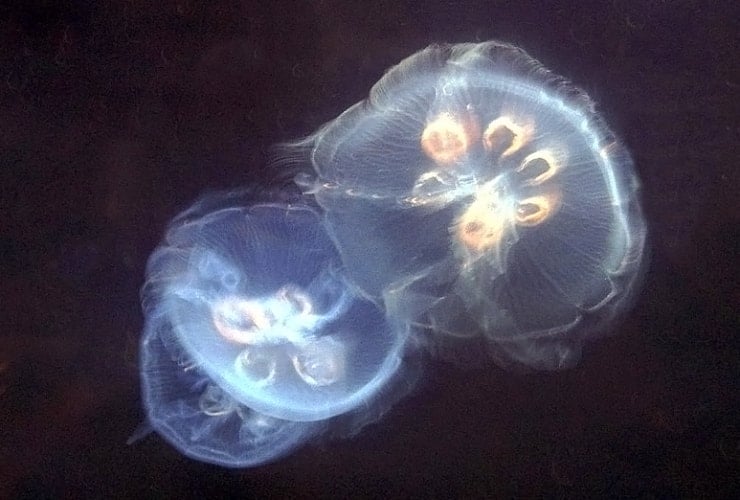
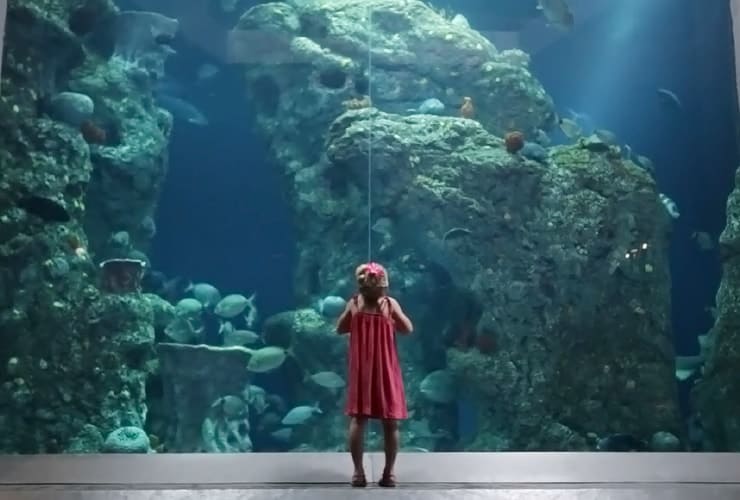
Though only established in 2000, the South Carolina Aquarium is fast becoming one of the better aquariums on the eastern seaboard. It features the Great Ocean Tank which stands 3 floors in height, contains over 385,000 US gallons (1,460,000 l) of water and holds more than 700 fish. Located in the Charleston Harbor, the aquarium building is 93,000-square-foot (8,600 m2) in size with (9) galleries that feature close to 7,000 aquatic creatures. There are exhibits showcasing Magellanic penguins, ring-tailed lemurs, bald eagles and even a Nile crocodile. One word of warning . . . the admissions price is a bit steep at just under $30 per adult and $22.95 for kids.
SOUTH CAROLINA AQUARIUM FAST FACTS
LOCATION: Charleston, SC
HOURS: 9am-5pm everyday
COST: $29.95 Adults, $22.95 Kids 3-12, & Kids 2 & under FREE
TIME TO COMPLETE: 2 hrs 15 min
ACCOMODATIONS: Large parking lot, public restrooms and Gift Shop
The Charleston Museum
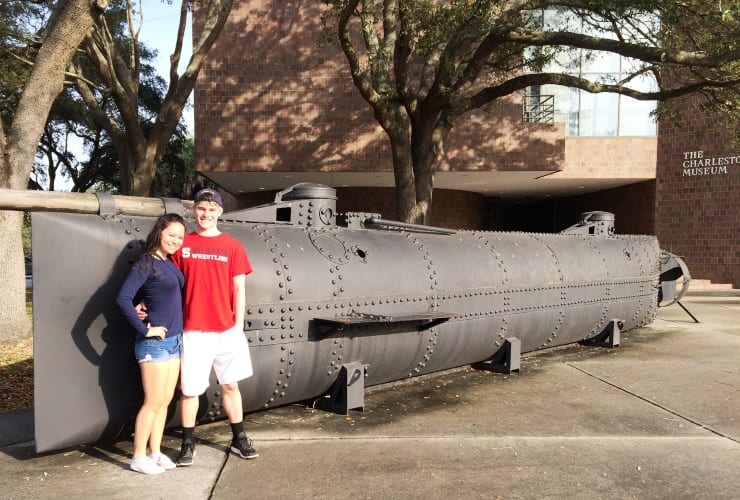
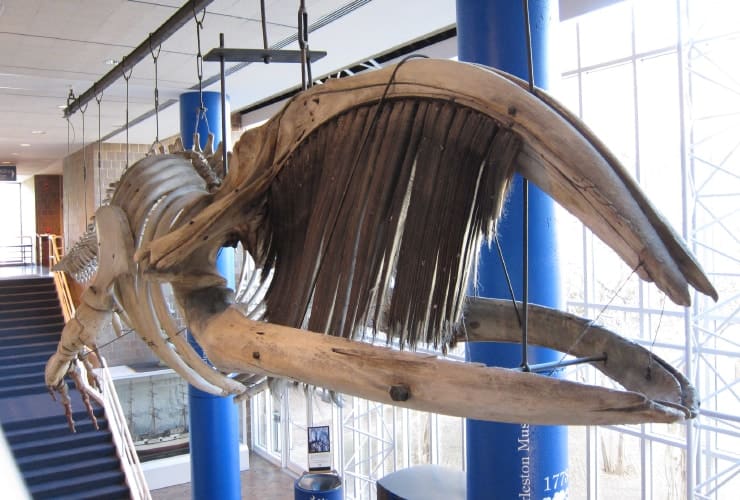
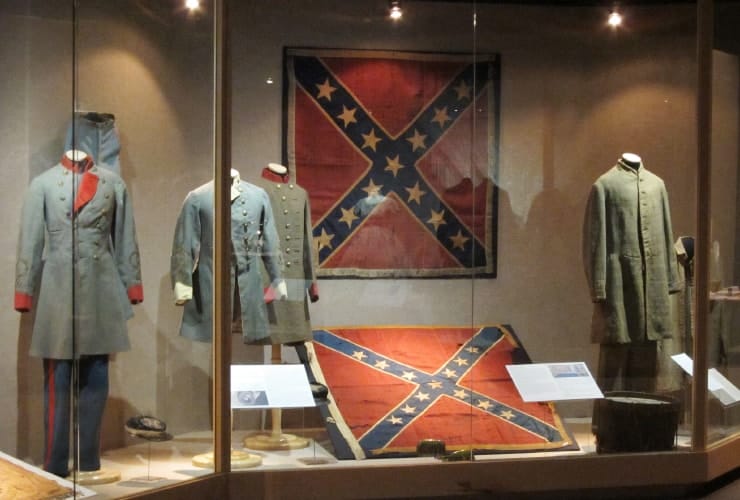
The Charleston Museum is one of the oldest museum in the country having been founded in 1733 and open to the public in 1824. The museum’s focus is on natural and local history. One of the highlights is the only known fossil of the long-since extinct Pelagornis sandersi, commonly thought of as the largest flying bird ever to have roamed the planet. The museum also features rocks and minerals from around the world, 19th-century firearms, Egyptian artifacts, Charleston silver and Lowcountry textiles, including needlework, quilts and costumes. Unlike so many of our free North Carolina museums there is a a $10 single site fee to get in.
CHARLESTON MUSEUM FAST FACTS
LOCATION: Charleston, SC
HOURS: 9am-5pm Monday-Saturday, Noon-5pm Sunday
COST: $12 Adults, $5 Children 3-12, & Children 2 & under FREE
TIME TO COMPLETE: 1-2 hours
ACCOMODATIONS: Large parking lot, public restrooms and Museum Store
Hampton Inn Charleston – Historic District
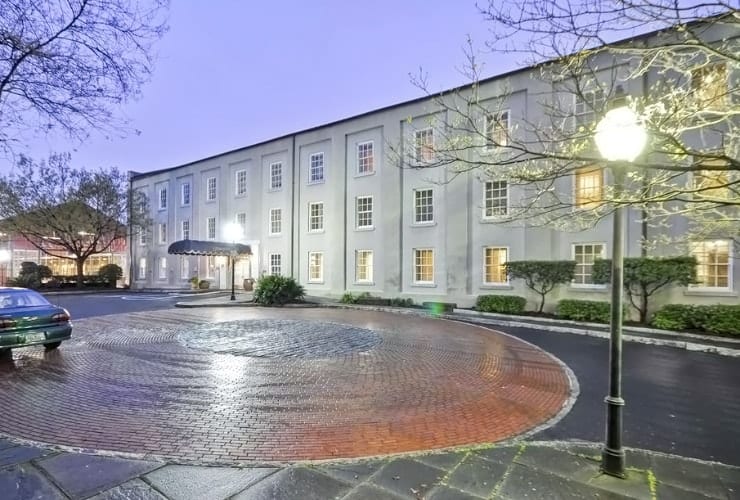
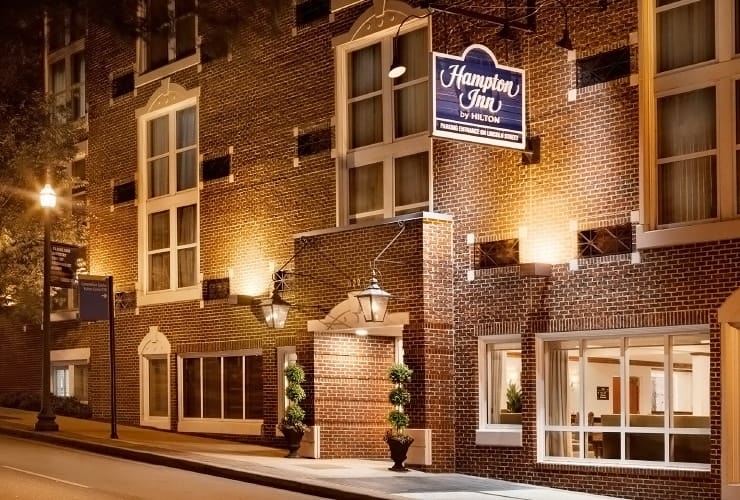
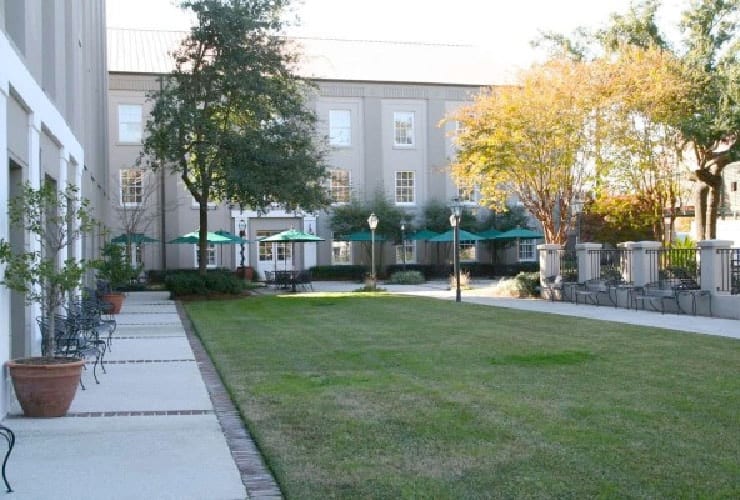
When we travel domestically we typically seek out the local Hampton Inn. We’ve found they most often have ideal locations, clean accommodations, reasonable rates and always a free breakfast (and warm oven baked cookies in the late afternoon!) The Hampton Inn Charleston-Historic District is no exception. It is catty-cornered from the Charleston Museum and across the street from the Visitor’s Center and a free trolley pick-up stop.
Free DASH Trolley
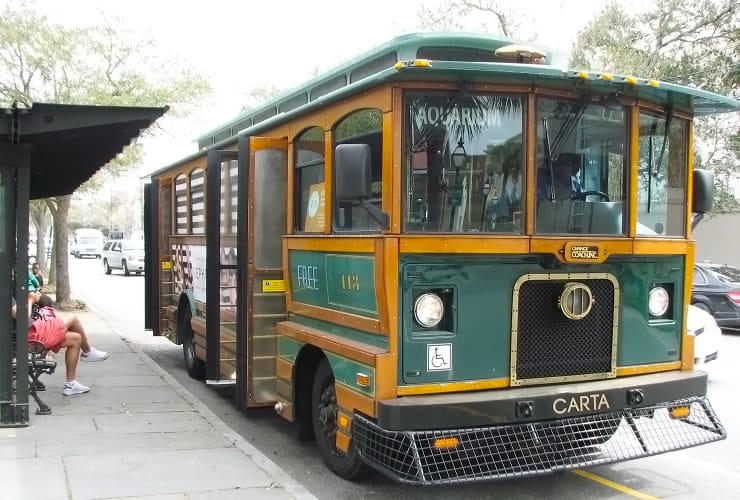
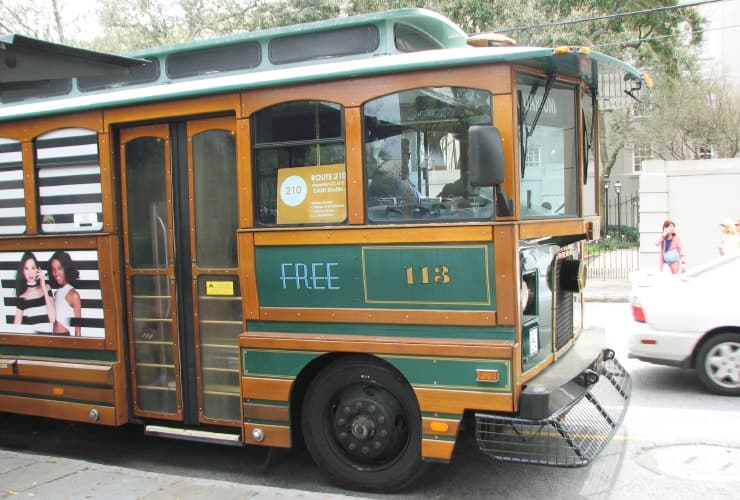
Charleston has a wonderful feature called DASH (Downtown Area Shuttle) that is not only free but covers the entire peninsula throughout the day. There are plenty of pick-up and drop-off points including the SC Aquarium, The Battery, the historic King Street and Waterfront Park. They run from 6:30 a in the morning till around 8:00 pm each night (some routes run even later).
Citadel Square Church
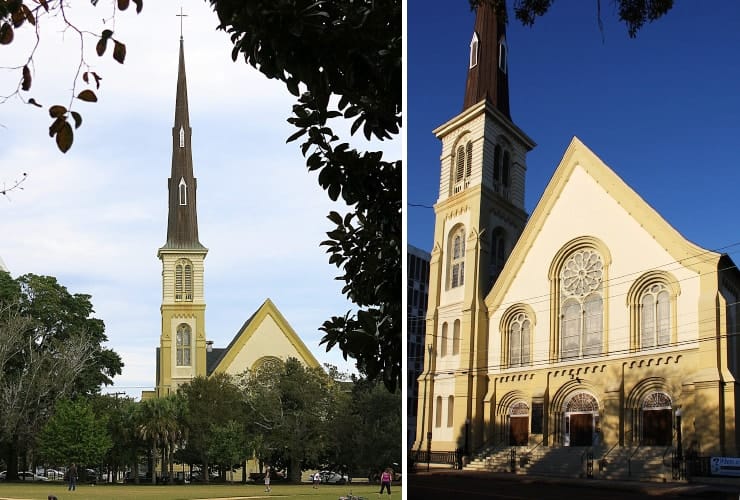
The Citadel Square Baptist Church was built in 1854 on the old Citadel site (hence the name). Its history is literally littered with wreckage from local disasters. In 1885 a hurricane destroyed the original steeple and the tower was damaged just a year later in the 1886 Charleston earthquake. A Boston architect, Edward Silloway, designed a new steeple and oversaw the repairs of the tower which lasted for over 100 years until Hurrican Hugo laid waste once again to the steeple. The newest steeple, which still stands at 210 feet (64 m) today, was deliberately built shorter quite on purpose.
Marion Square
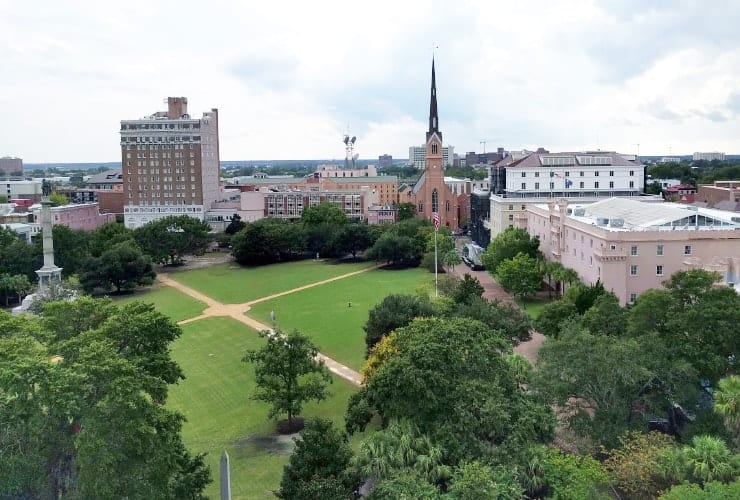
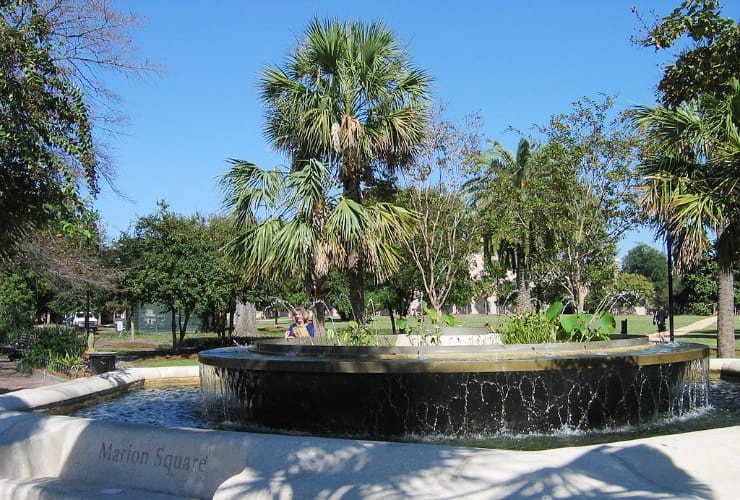
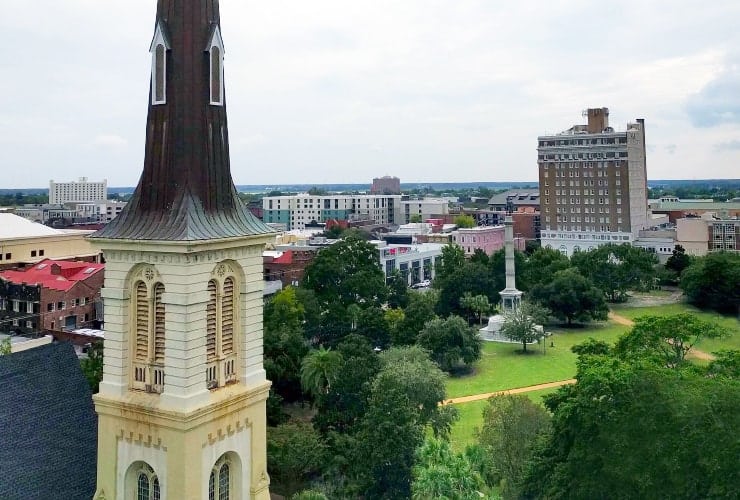
Across the street from the Citadel Square Baptist Church is the 6½ acre (2.63 ha) Marion Square. Best known as the former Citadel Green, the square is named after Francis Marion, the Swamp Fox whose Revolutionary tactics and warfare maneuvers influenced the infamous Green Berets. In addition to being one of the favorite hangout spots for College of Charleston students, the square also has several monuments including a statue of John C. Calhoun and a Holocaust Memorial. The square regularly serves as an ideal spot for local concerts, fairs and weekly farmer’s market.
Classic Carriage Works
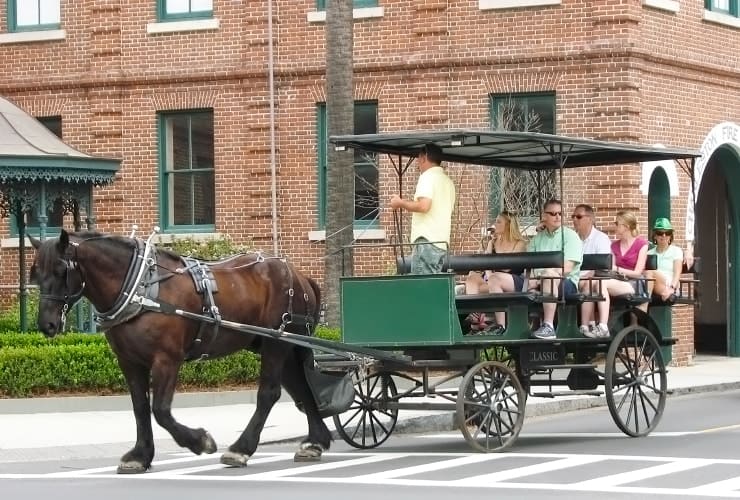
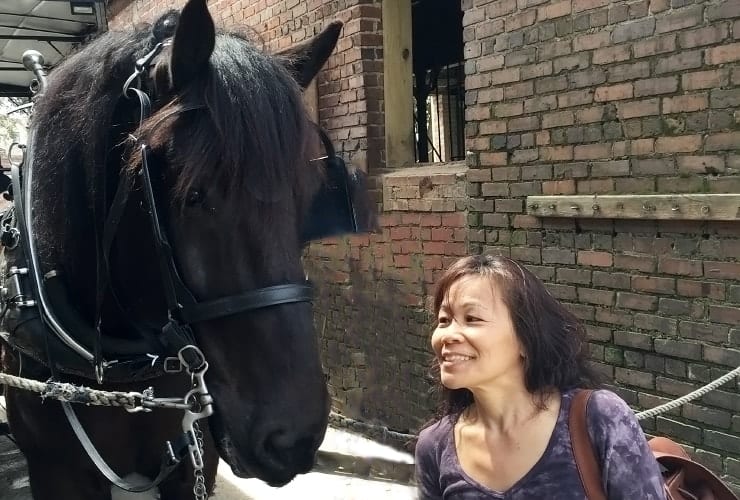
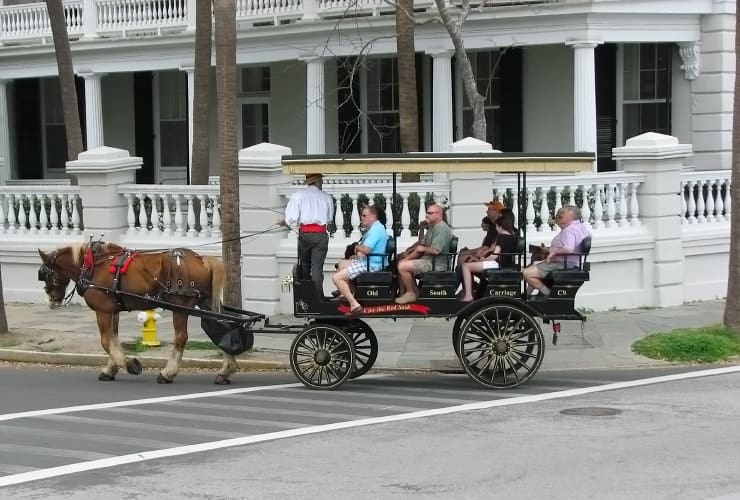
There are a number of horse-drawn carriage options in town but our research steered us to Classic Carriage Works. Operating out of the oldest active stable in Charleston, the 10 Percheron Draft horses get more pasture time and longer breaks than that mandated by the city. Given the summer humidity that’s good news. The tours are all conducted by licensed guides who we found to be very knowledgeable of local history with just the right mix of humor and interesting anecdotal tales. We highly recommend.
Charleston City Market
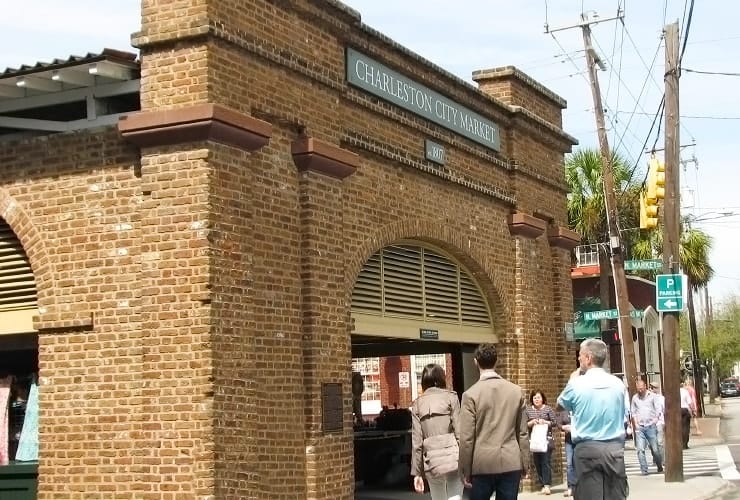
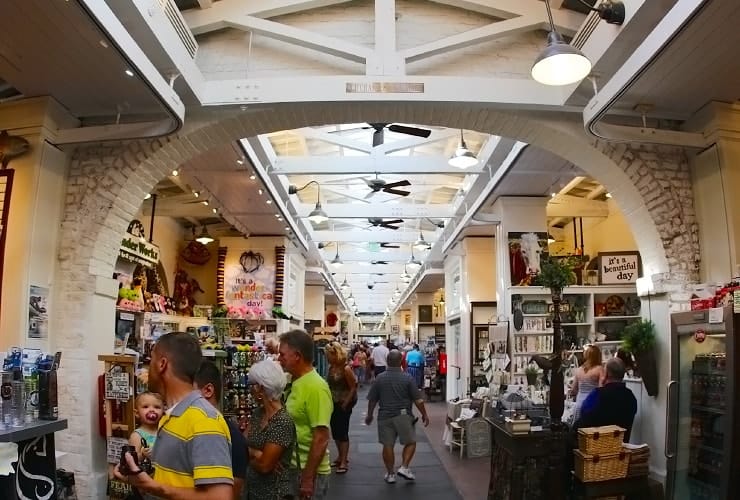
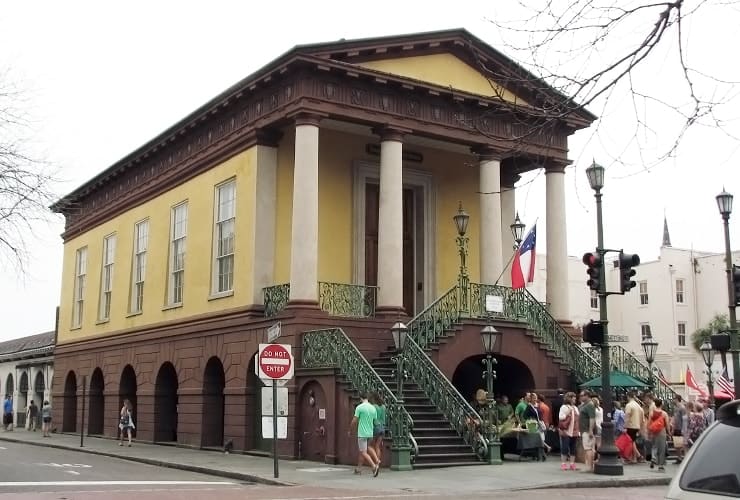
Considered by many the heart of Charleston, the City Market has been thriving since the early 19th-century. Today it encompasses 18,300 square feet (1,700 m2) of so-called “micro boutiques” with wares ranging from reproduction furniture and hand-woven baskets to fine jewelry and wet market. The entire complex begins from the Greek Revival-style Market Hall and extends down 4-city blocks to East Bay Street. Though always busy the Market never feels crowded. That’s probably because it’s really easy to get distracted by the shear variety of available options to choose from.
Waterfront Park
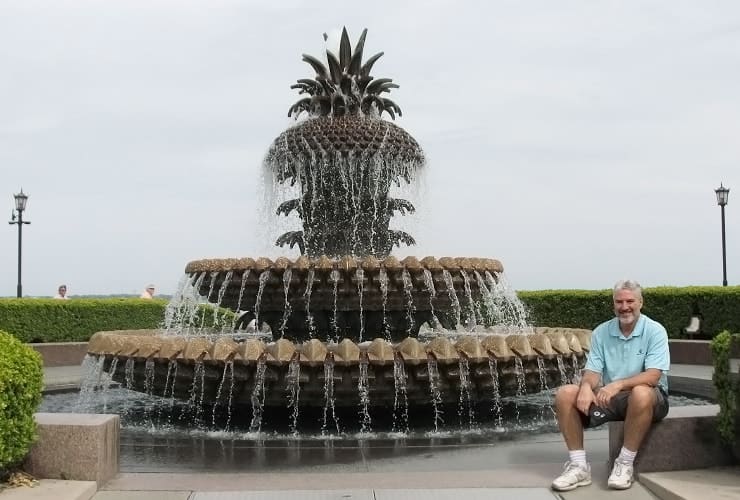
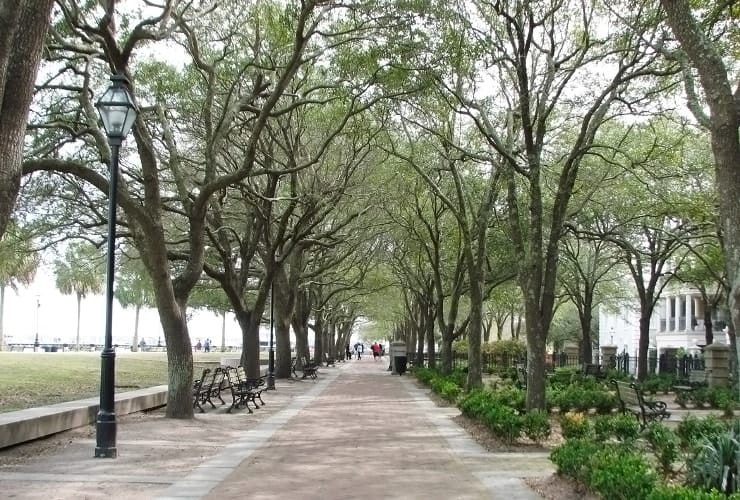
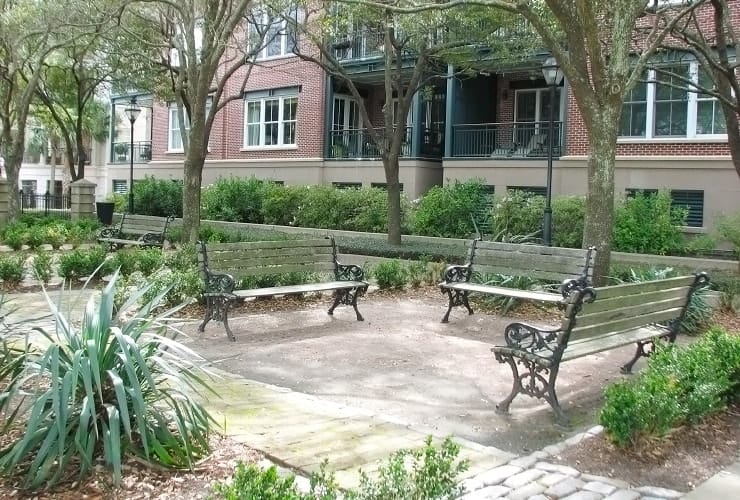
Winner of the prestigious 2007 Landmark Award from the American Society of Landscape Architects and the National Trust for Historic Preservation the Waterfront Park is a landscaping wonder. Located on the water edge of the French Quarter, the park encompasses 12 acres (4.9 ha) along the Cooper River this tourist attraction was an abandoned mess only a few decades ago. It was lovingly revitalized and today is known the world over for its famous Pineapple Fountain and the 365′ (111 m) Vendue Wharf, a wooden pier with (3) shade structures with large swings and seating which extends well into the river. From the wharf you have unobstructed views of the Ravenel Bridge, Charleston Harbor, Castle Pinckney, the U.S.S. Yorktown at Patriot’s Point, and Fort Sumter.
Rainbow Row Homes
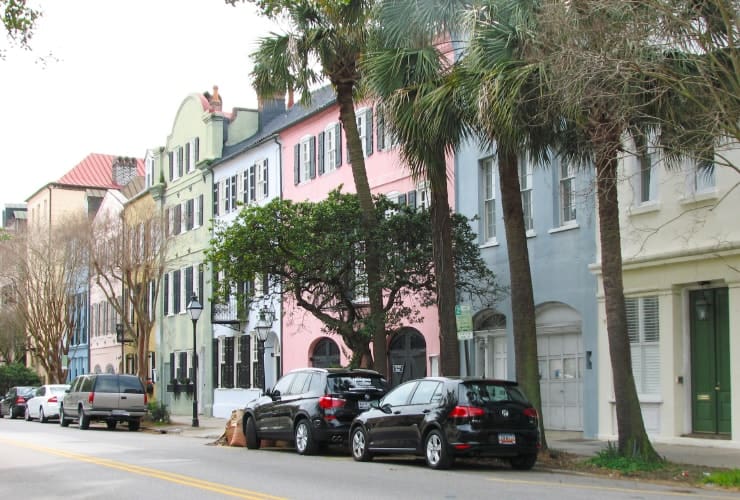
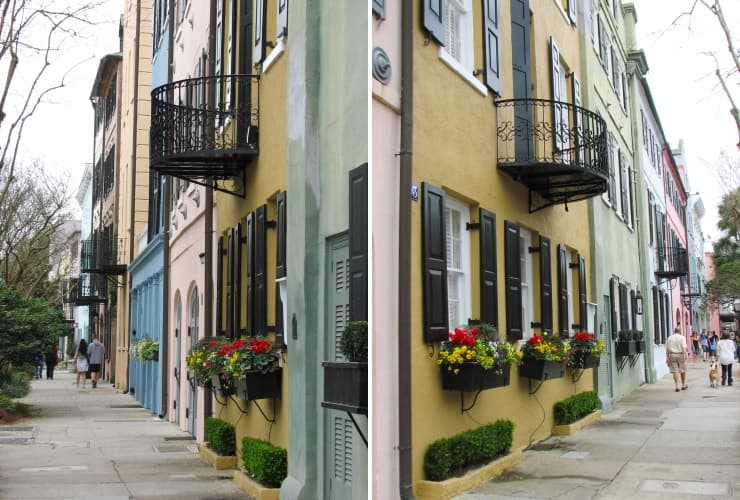
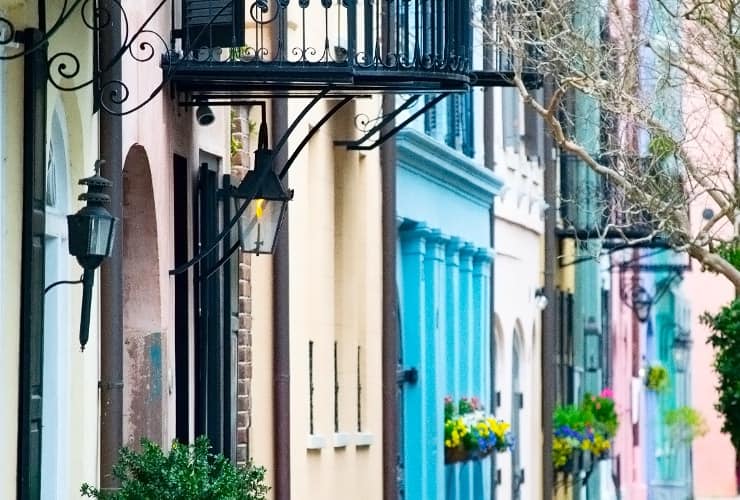
One of the more famous sections of Charleston is situated between 79-107 East Bay Street and is known as Rainbow Row. Similar in reputation to San Francisco’s Painted Ladies, these Georgian homes were faithfully restored in the 1930’s with alternating pastel colors. They are probably the most visited, and photographed, part of the city for good reason. The coloring of the homes serves the practical purpose of keeping the homes cooler in the hot humid southern summers. The most popular myth for the colors was to help inebriated sailors more easily identify the homes they were to bunk after a night on the town.
The Battery
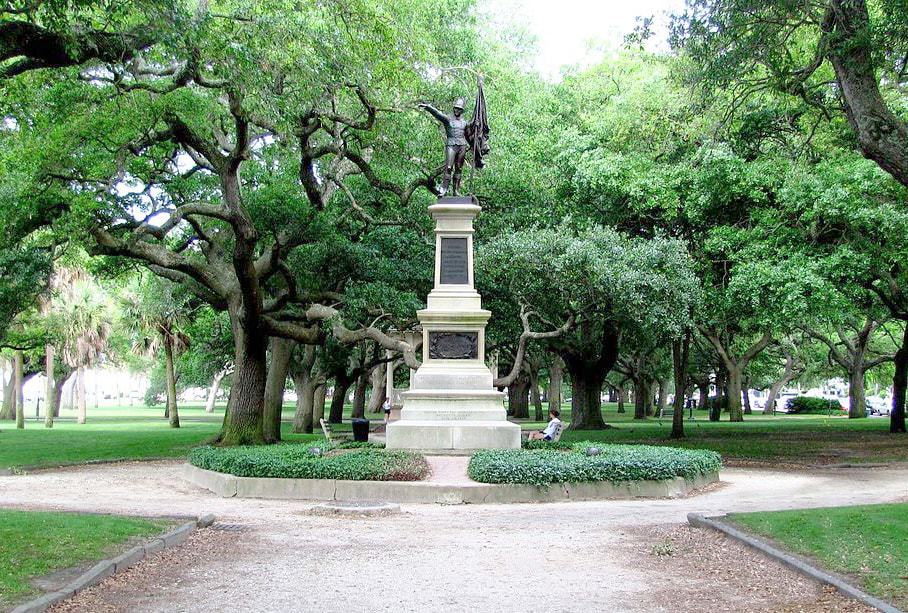
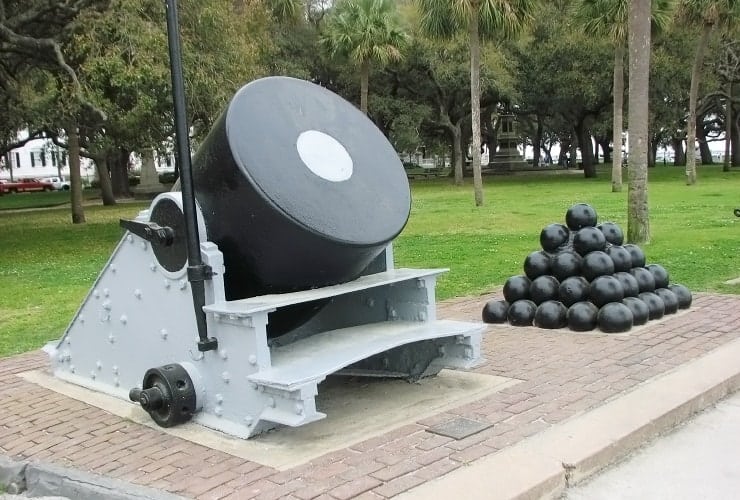
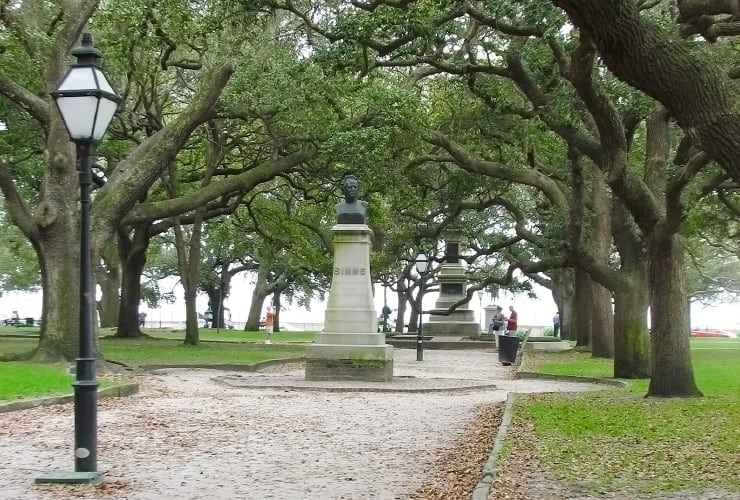
At the southernmost tip of Charleston is The Battery. Positioned strategically along the lower shores of the Charleston peninsula, the Battery originally served as a defensive seawall and promenade during the American Revolution, the War of 1812 and the Civil War. Since the end of the Civil War the area was converted into a park for local residents. Surrounding the park are numerous grand houses, primarily antebellum homes, that remain tourist attractions. The more notable are the William Ravenel House, the Charles Drayton House and the Col. John A.S. Ashe House.
Cathedral of St. John the Baptist
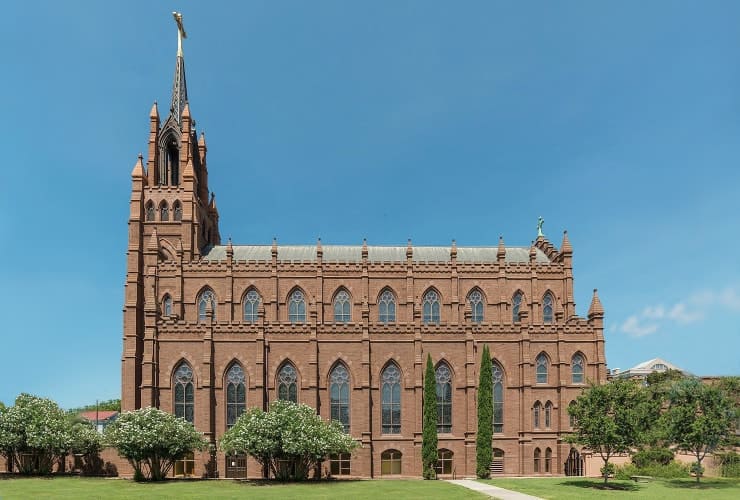
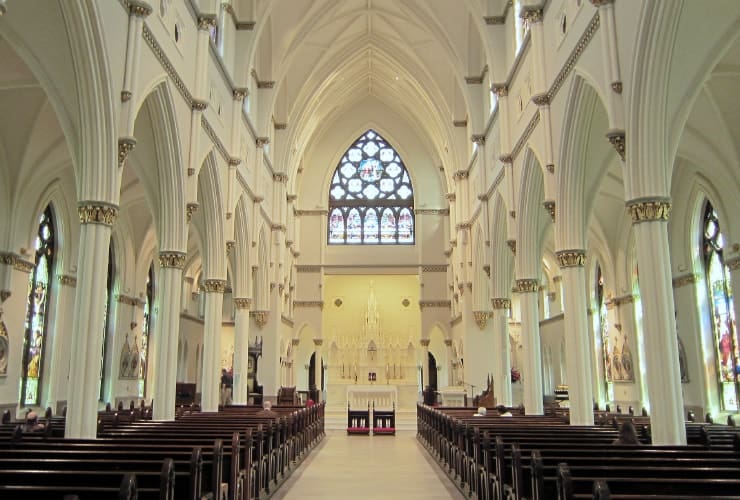
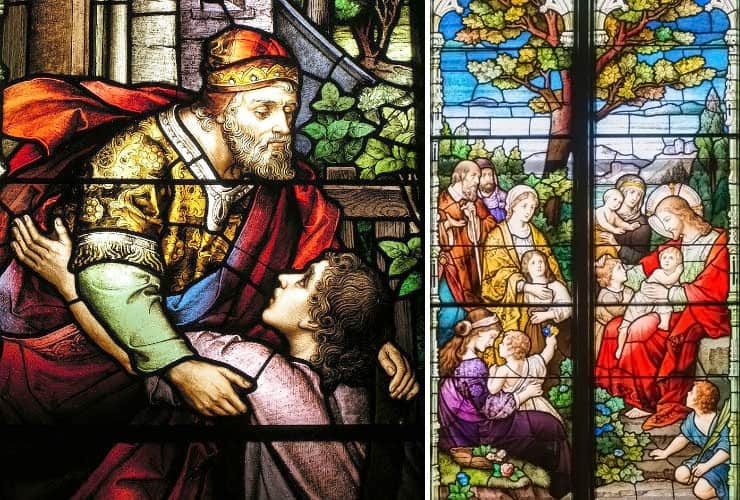
The mother church of the Roman Catholic Diocese of Charleston, originally built in 1854, suffered the fate of so many structures in Charleston. The Cathedral of St. John the Baptist was destroyed by the Great Charleston Fire of 1861. The new cathedral, the one standing today, was completed in 1907 save the spire which had to wait another 103 years to be installed. Built in the Gothic Revival style the cathedral is constructed of Connecticut brownstone with pews carved out of Flemish oak. Most notable are the stained-glass windows throughout the cathedral and the Bediant Pipe Organ in the rear gallery.
Charleston Homes & Gardens
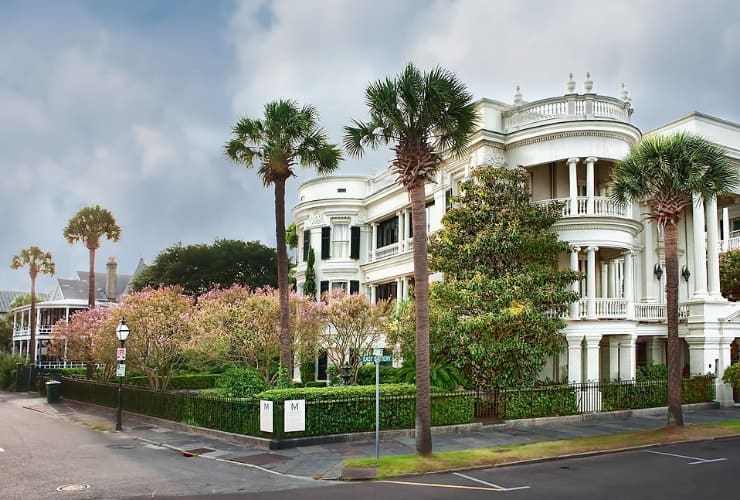
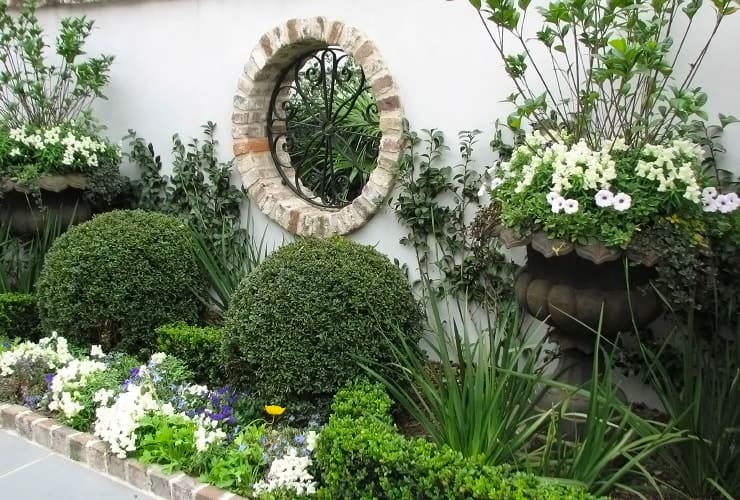
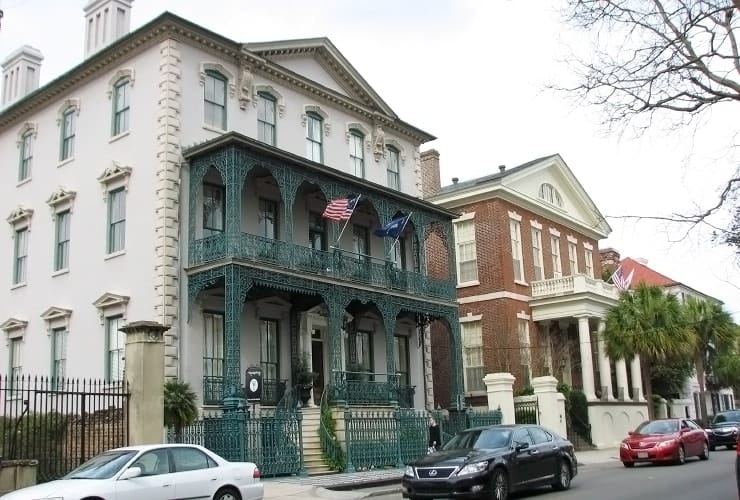
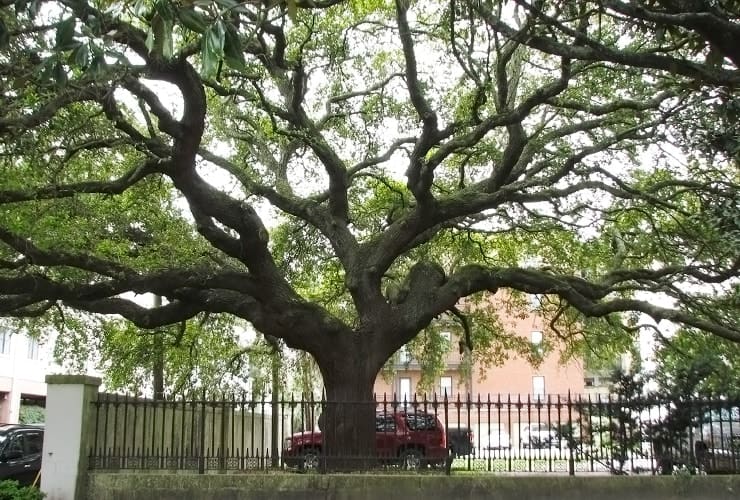
Charleston, much like Boston, is a walking city. This is a bonus as it allows you to go at your own pace and truly appreciate the splendor and elegance of such a beautiful city. There are so many beautiful homes and gardens to see along the way such as the landmark Porcher-Simonds House in The Battery and the John Rutledge House Inn on Broad Street. There are also so-called house-museums you can tour, the most notable of which are the Aiken-Rhett House, the Calhoun Mansion and the Nathaniel Russell House.
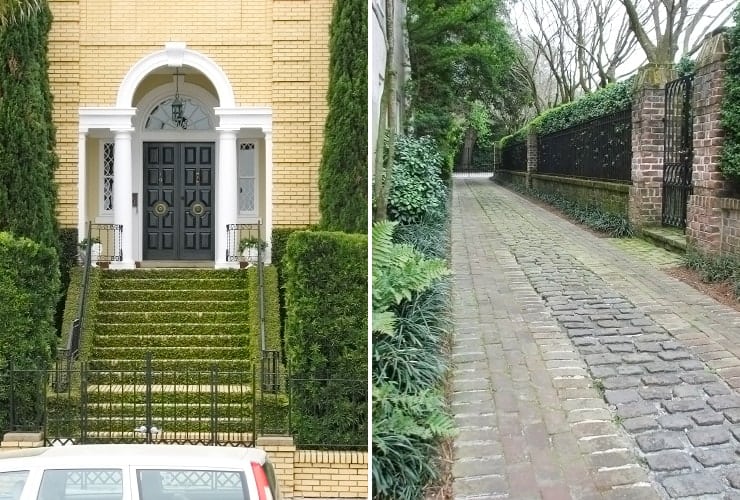
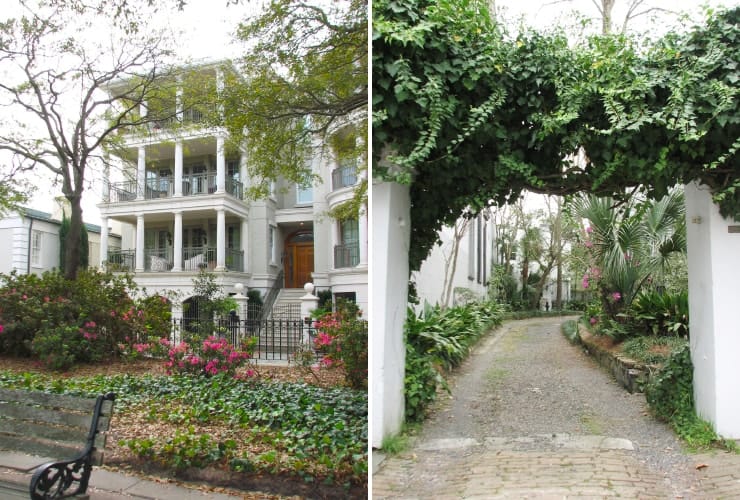
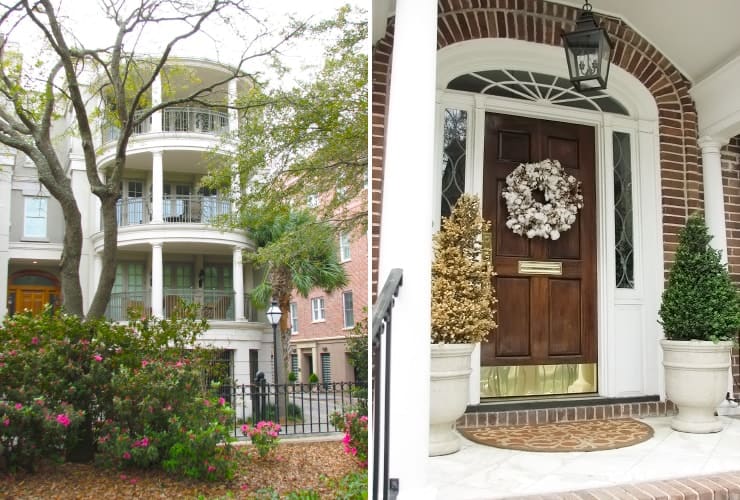
There are countless homes and gardens that each have their own uniqueness whether its grass steps, iron-rod balconies, cobblestone alleyways or towering palm trees. Charleston particularly comes alive during spring when the new flowers start to bloom. One of our favorites is 63 East Bay Street, across the street from the Charleston City Recreation. It is a beautiful red brick 2-story home that always features a beautiful wreath (in our visit it was cotton) on the red oak front door.
Great Dining Options
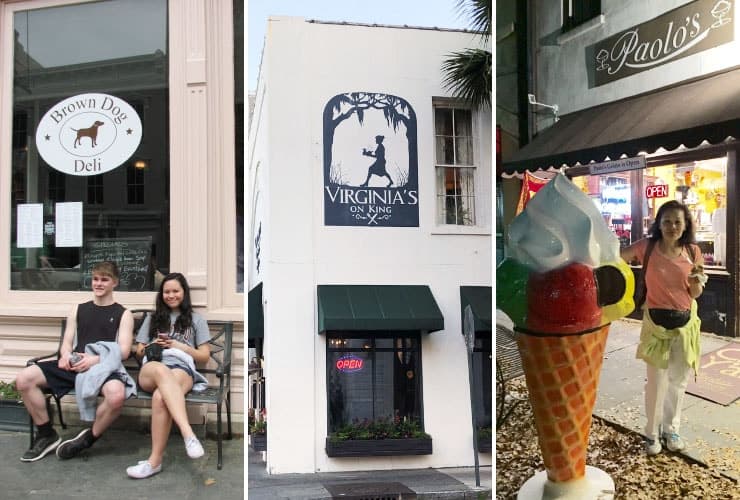
There are countless options for meals in Charleston. There is a welcome lack of national chain eateries so often found in tourist spots. The chains that do exist are more local to the south so still retain that southern charm. Among our favorites were the Brown Dog Deli on Broad St. with its amazing deli sandwiches and gourmet hot dogs and Virginia’s on King St. featuring southern cooking low country style including shrimp and grits, fried green tomatoes, southern fried chicken and boiled peanuts. Our evenings were not complete until we stopped by Paolo’s Gelato Italiano. Having been spoiled on real Italian gelato in Rome, we were so pleased to have found a local place that could match that special texture and flavor of gelato. Unfortunately we just learned Paolo’s had to close permanently due to covid shutdowns . . . just heartbreaking.
Boone Hall Plantation
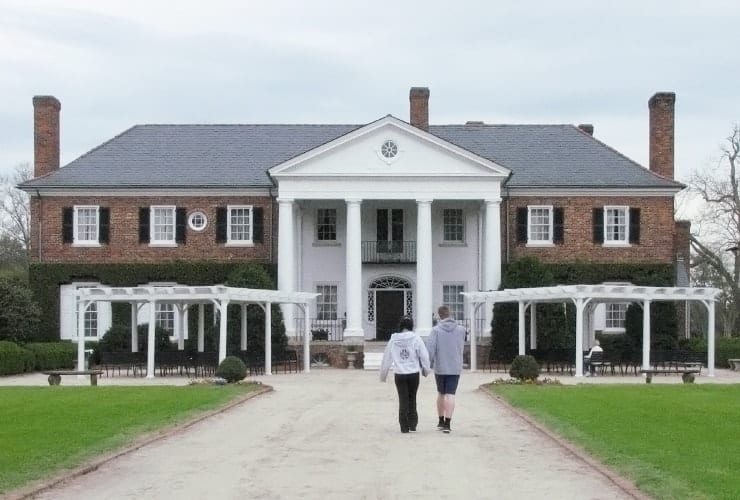
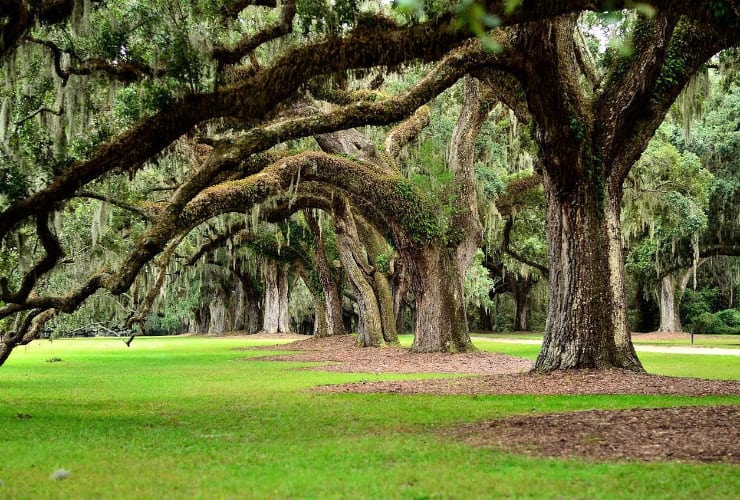
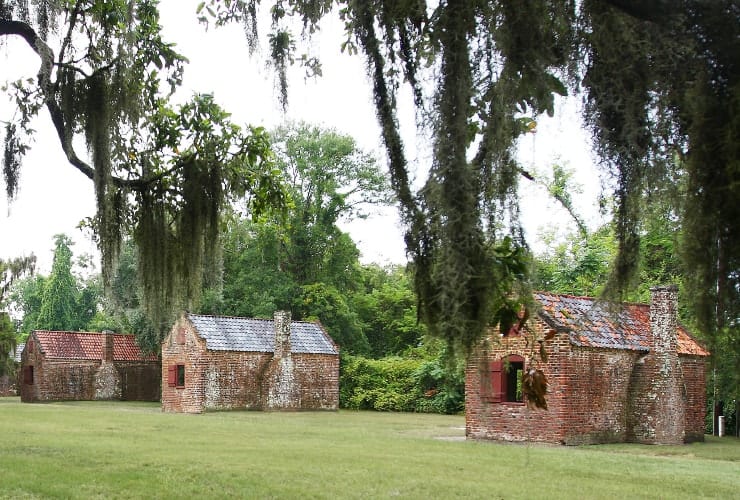
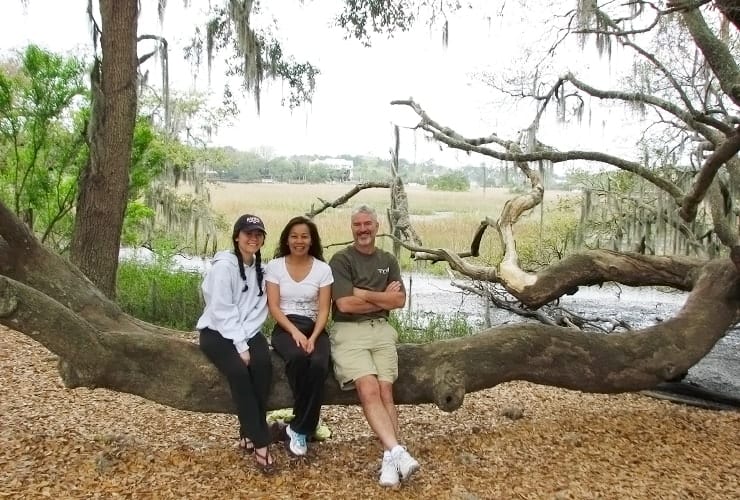
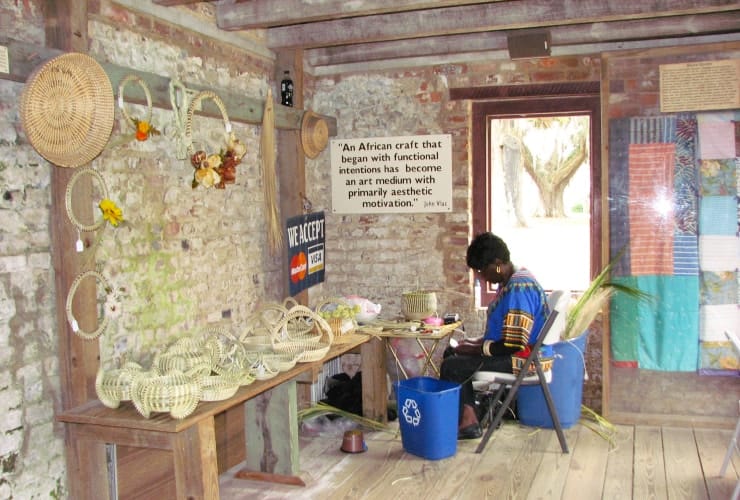
Boone Hall Plantation & Gardens is both a beautiful and sobering experience. The grounds and main house are so memorable but it’s especially interesting to go on the tractor tour to learn about the plantation’s agricultural history, walk around the gardens (which bloom all year round) or experience the Butterfly Pavilion. There are also formal and self-guided tours that take a historical look at the surviving relics, living quarters and lifestyle of the slaves that lived at Boone Hall. There is also an enlightening live presentation of the Gullah Culture adapted by African slaves to deal with the hardships of life on the plantation. The Georgian-designed house itself was built in 1936 but still provides a nice history of the families and owners dating back to 1681.
BOONE HALL PLANTATION FAST FACTS
LOCATION: Charleston, SC
HOURS: 9am-5pm Monday-Saturday, Noon-5pm Sunday
COST: $26 Adults, $23 Seniors-Military-AAA, $12 Children 6-12, & Children 5 & under FREE
TIME TO COMPLETE: 3 hours
ACCOMODATIONS: Large parking lot, public restrooms and Gift Shop
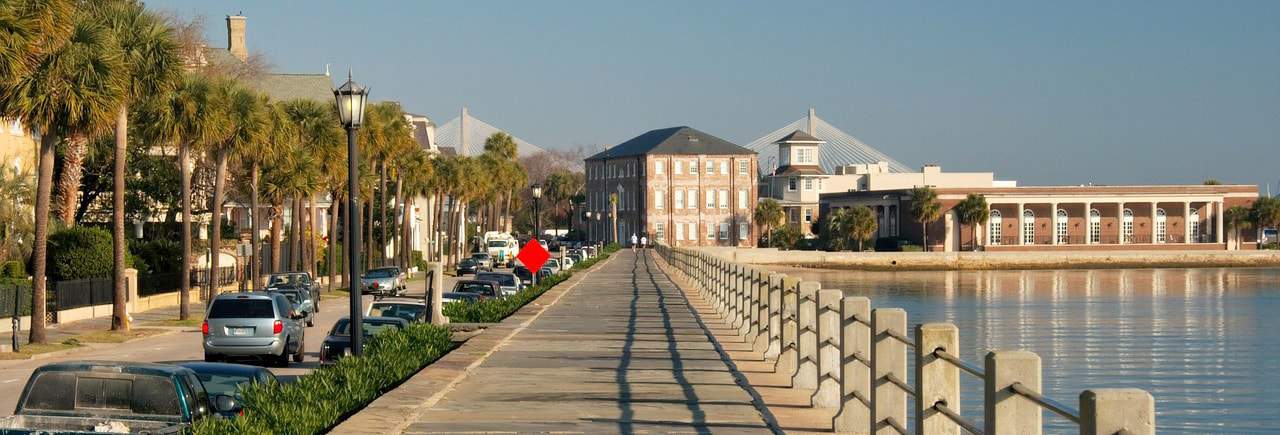
Charleston is as beautiful, rich in history and easy to navigate as any city along the eastern seaboard. From its pastel antebellum houses, horse-drawn carriages and cobblestone streets you’ll be taken back to a different time and place.
What is your favorite southern city? We’d love to hear from you!!!

